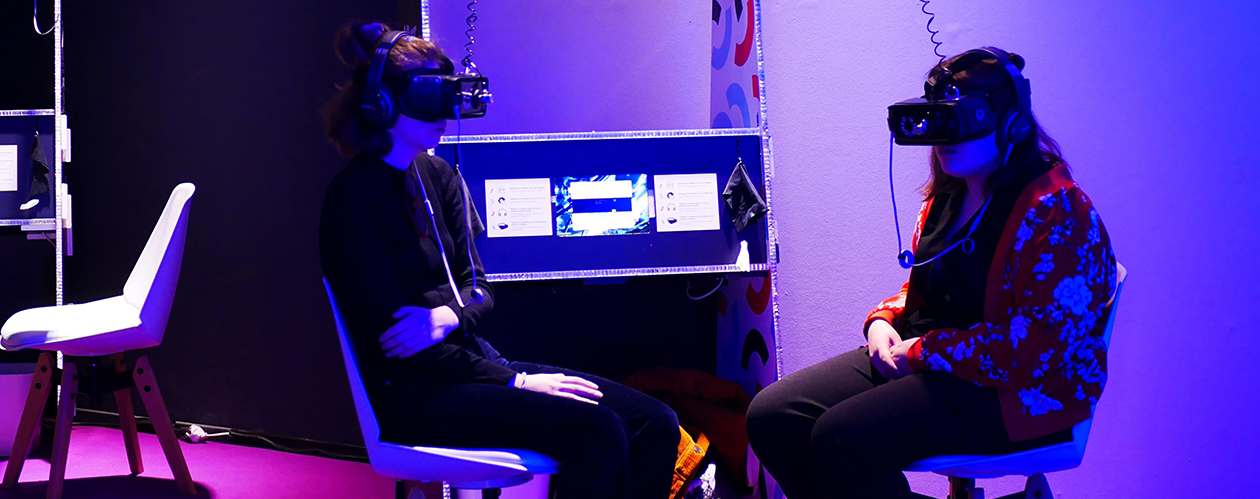
AR, VR, MR, and XR to Support Companies’ Workload
For those who are familiar with Augmented Reality (AR), Virtual Reality (VR) and Mixed Reality (MR), they might also be interested in Extended Reality (XR). XR is a term that represents virtual technology as a whole. This technology, which has become widely known since the booming AR game like Pokemon Go, can be used to support businesses and enterprises. Many large companies are implementing XR technology to support their business activities, such as Volvo Trucks, US Bank HSBC and Novartis. In fact, those three companies have discussed the challenges of XR adoption for enterprises and businesses at the online XRIntelligence conference held on May 5 this year.
One interesting example is Volvo Trucks, which uses VR as a medium to train sales teams on new truck models. Even so, not everyone could attend the big launch that the company was planning to do. Apart from training, Volvo also uses VR for testing and designing its products.
In the pharmaceutical industry, Head of Technology Development Novartis Szczepan Baran uses AR, VR, and even XR technology to accelerate the entry of new medical products to the market. Chemists and biologists use VR to look at proteins and how they will interact with specific molecules. Novartis uses VR technology in the development of pharmaceuticals for production and teaching associations in aseptic procedures. That's hard to do in a physical environment. Doing so in a virtual environment helps in speeding up training and drug delivery to patients.
Another example is from the FXMedia innovation team, which closely monitors the value, development, and risk of MR and XR technology in various markets. In the current COVID-19 pandemic, most companies are forced to rack their brains because of new challenges such as having to work remotely. And yet, the performance is expected to remain optimal. Indirectly, this pandemic is forcing the whole world to switch from conventional to digital, making the implementation of VR and MR for business inevitable. Many changes will occur rapidly, from what initially took 10 years for technology adoption, now it will take only a few weeks.
The New Normal conditions will include more teleconferencing, virtual interactions, and investments to reach audiences consistently and with a wider reach. One solution is to switch to digital marketing as a branding and product marketing strategy using AR, VR, MR, and XR technologies.
